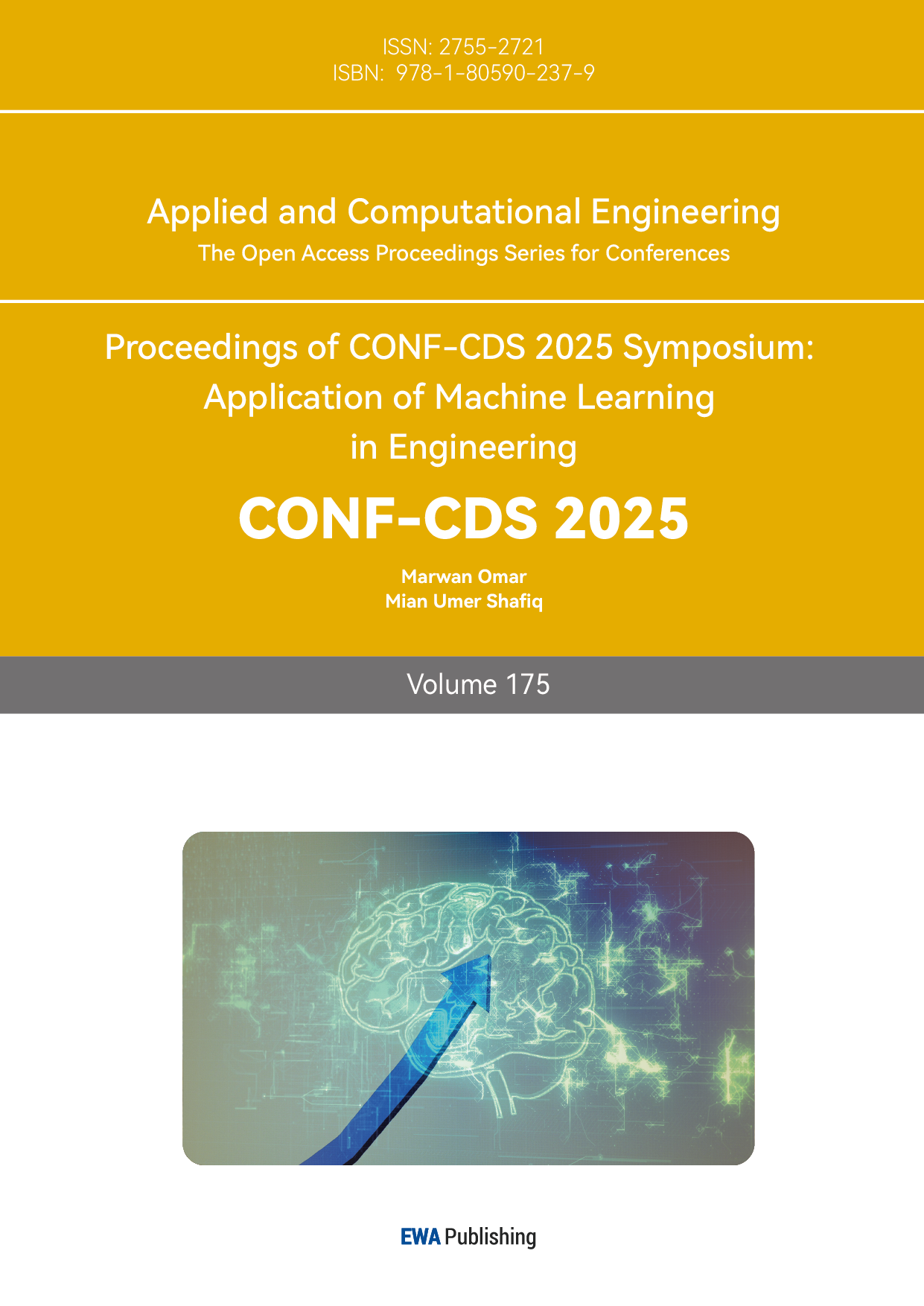References
[1]. M. Li, "Research on Automatic Modulation Recognition Technology of Digital Communication Signals, " Master's thesis, Harbin Engineering University, Harbin, China, 2012.
[2]. Q. A. Qiknow, "Automatic Modulation Recognition Based on Transformer (RML2018), " CSDN Blog, Aug. 2024. Available: https: //blog.csdn.net/QAQIknow/article/details/144815416.
[3]. I. Kang, "Automatic Modulation Recognition Based on Deep Learning, " CSDN Blog, Aug. 2018. Available: https: //blog.csdn.net/illikang/article/details/82019945.
[4]. C. Chen, N. Zhang, C. Yang, Y. Gao and Y. Sheng, "Multiple-Stream Model with CNN-LSTM for Automatic Modulation Recognition, " 2023 International Conference on Microwave and Millimeter Wave Technology (ICMMT), Qingdao, China, 2023, pp. 1-3, doi: 10.1109/ICMMT58241.2023.10277458.
[5]. S. Lin, Y. Zeng, and Y. Gong, "Learning of Time-Frequency Attention Mechanism for Automatic Modulation Recognition, " arXiv preprint arXiv: 2111.03258, 2021.
[6]. Ashish Vaswani, Noam Shazeer, Niki Parmar, Jakob Uszkoreit, Llion Jones, Aidan N. Gomez, Łukasz Kaiser, and Illia Polosukhin. 2017. Attention is all you need. In Proceedings of the 31st International Conference on Neural Information Processing Systems (NIPS'17). Curran Associates Inc., Red Hook, NY, USA, 6000–6010.
[7]. R. Zhang, "Deep Learning-Based Automatic Modulation Recognition with Code, " CSDN Blog, Aug. 6, 2022. Available: https: //blog.csdn.net/qq_40935157/article/details/126190599



